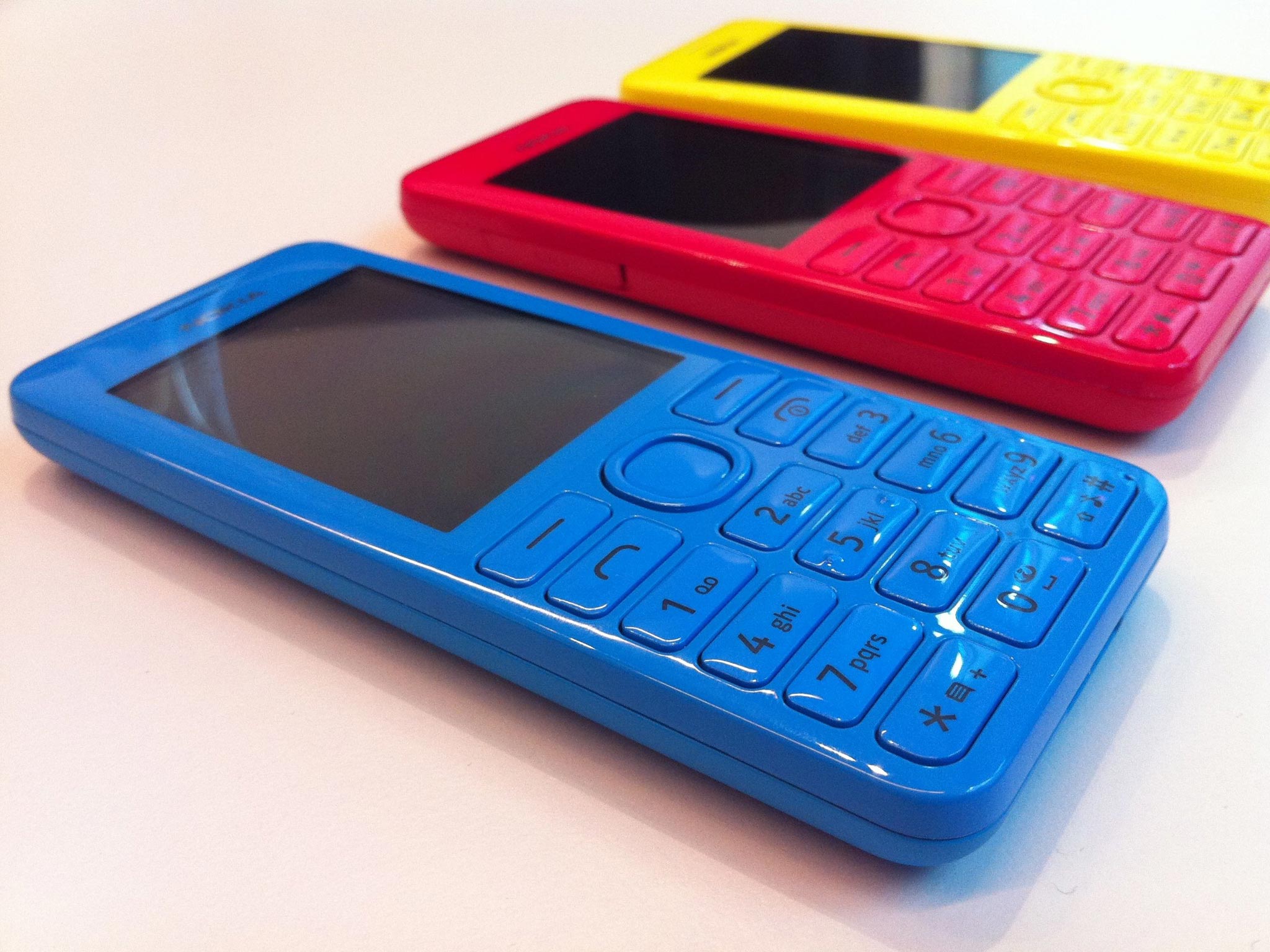Microsoft buys Nokia: 150-year history of Finnish company with humble beginnings
Company's founder would never have dreamed it would one day become a global brand

Your support helps us to tell the story
From reproductive rights to climate change to Big Tech, The Independent is on the ground when the story is developing. Whether it's investigating the financials of Elon Musk's pro-Trump PAC or producing our latest documentary, 'The A Word', which shines a light on the American women fighting for reproductive rights, we know how important it is to parse out the facts from the messaging.
At such a critical moment in US history, we need reporters on the ground. Your donation allows us to keep sending journalists to speak to both sides of the story.
The Independent is trusted by Americans across the entire political spectrum. And unlike many other quality news outlets, we choose not to lock Americans out of our reporting and analysis with paywalls. We believe quality journalism should be available to everyone, paid for by those who can afford it.
Your support makes all the difference.Telecoms giant Nokia has made products from tyres and rubber boots to televisions and smartphones in its near 150-year history.
Starting from humble beginnings in 1865 as a riverside paper mill in rural south-western Finland, the company's founder Fredrik Idestam would never have dreamed it would one day become a global brand.
The Nokia name - now synonymous with mobile phones, the addictive game Snake and signature ringtones - came from a second mill Mr Idestam set up a few years later on the banks of the Nokianvirta River, which inspired him to name his business Nokia Ab in 1871.
In 1898, Finnish Rubber Works, which later became Nokia's rubber business, was founded and went on to make everything from galoshes to tyres.
Nokia's rubber boots went on to become a design classic, although they are no longer made by the company.
Finnish Cable Works, the foundation of Nokia's cable and electronics business, was founded in 1912 by Arvid Wickstrom.
By the 1960s, the company, which was working closely with Nokia Ab and Finnish Rubber Works, began branching out into electronics.
In 1962 it manufactured its first in-house electronic device - a pulse analyser for use in nuclear power plants - and in 1963 it started developing radio telephones for the army and emergency services.
The company's MikroMikko label eventually became the best-known computer brand in Finland and by 1987, Nokia was the third largest television manufacturer in Europe.
Having been jointly owned since 1922, Nokia Ab, Finnish Cable Works and Finnish Rubber Works officially merged into the Nokia Corporation in 1967 with five businesses: rubber, cable, forestry, electronics and power generation.
Nokia created the radio telephone company Mobira Oy as a joint venture with Finnish television maker Salora in 1979, and in 1981 it launched the Nordic Mobile Telephone (NMT) service, the world's first international cellular network and the first to allow international roaming.
In 1982 Nokia introduced the first car phone - the Mobira Senator - to the network, and later that same year the Nokia DX200 - the company's first digital telephone switch - went into operation.
In 1984, Nokia launched the Mobira Talkman portable car phone and in 1987 the Mobira Cityman, the first handheld mobile phone for NMT networks, was introduced.
Nokia sold its billionth phone - a Nokia 1100 - in Nigeria in 2005.
PA
Join our commenting forum
Join thought-provoking conversations, follow other Independent readers and see their replies
Comments